The "new favorite" of indoor potted green plants, beautiful and festive, blooming for three seasons, just need diffuse light
As the weather gets colder, there are fewer and fewer flowering plants. Now is the time to grow some plants that bloom in winter and spring. This issue will introduce you to an excellent indoor green plant that blooms in winter and spring and can also be grown on a north balcony.
1. Understanding the “Golden Ribbon”
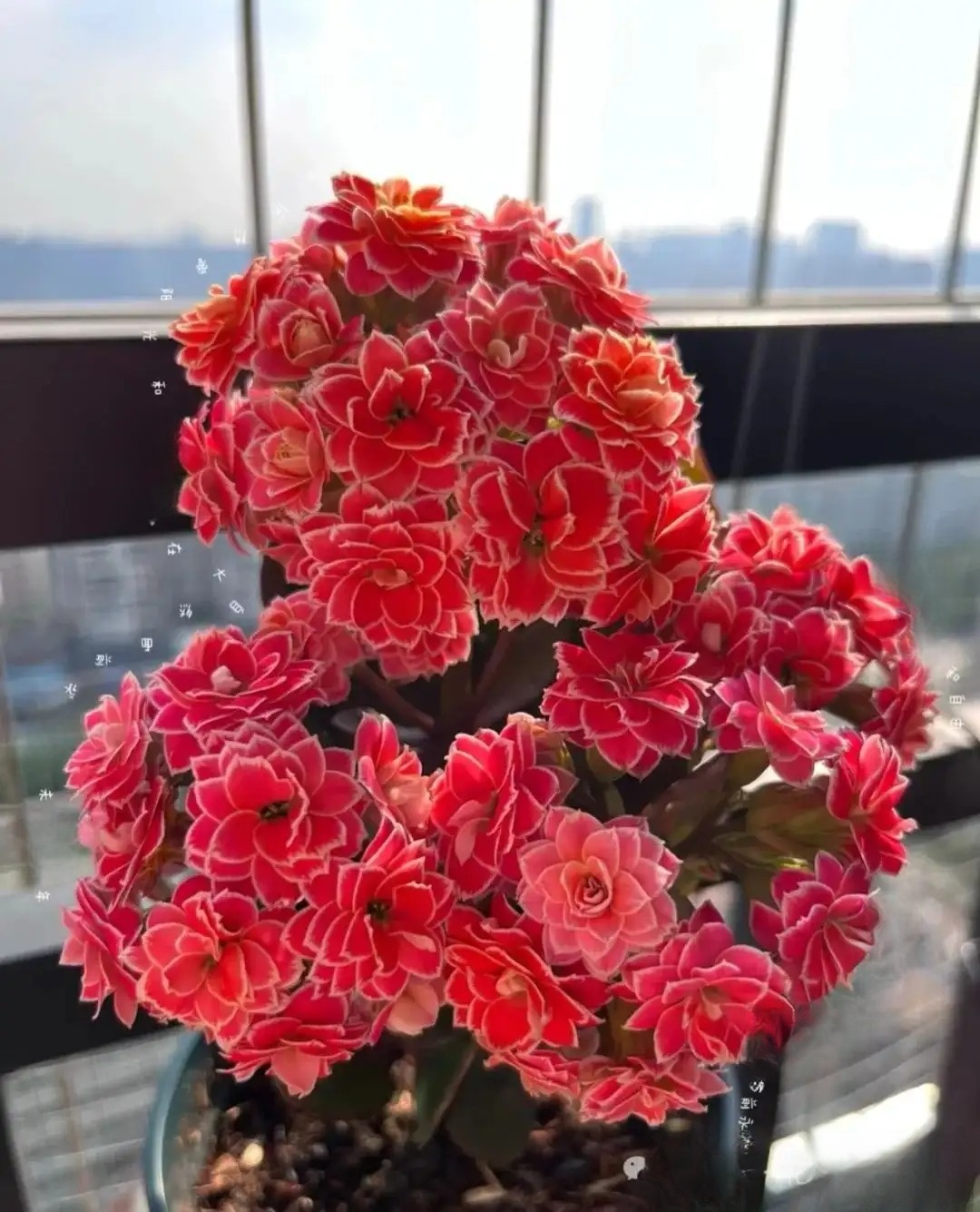 Kalanchoe 'Golden Ribbon'
Kalanchoe 'Golden Ribbon'
The name of this flower is "Golden Ribbon" and it is a new member of the Kalanchoe family. In recent years, it can often be seen in the flower circle. It is considered a small "Internet celebrity". It has attracted many flower lovers with its beautiful and festive colors. In particular, it can be planted in places where light is not very sufficient, making it the "new darling" of the indoor green plant world.
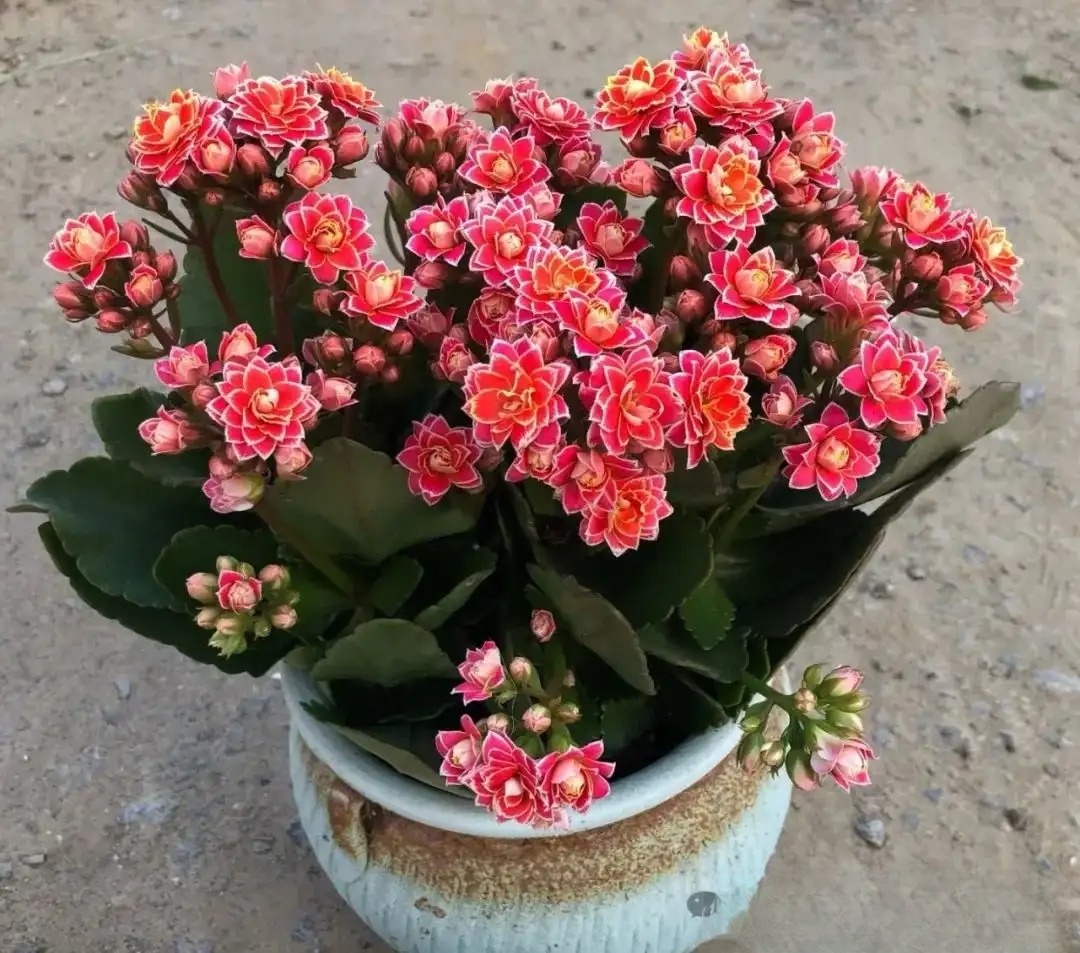 Compact plant shape
Compact plant shape
Golden Ribbon, also known as Legend, is bred by the well-known domestic breeder Colorful Horticulture. The plant shape is compact and plump, with very good branching. It is not the "single-stem" type. The plant height is 20-30 cm, which is very suitable for small container cultivation. It can be grown in a palm-sized pot. It does not take up space and can be arranged in indoor scenes such as balconies and windowsills.
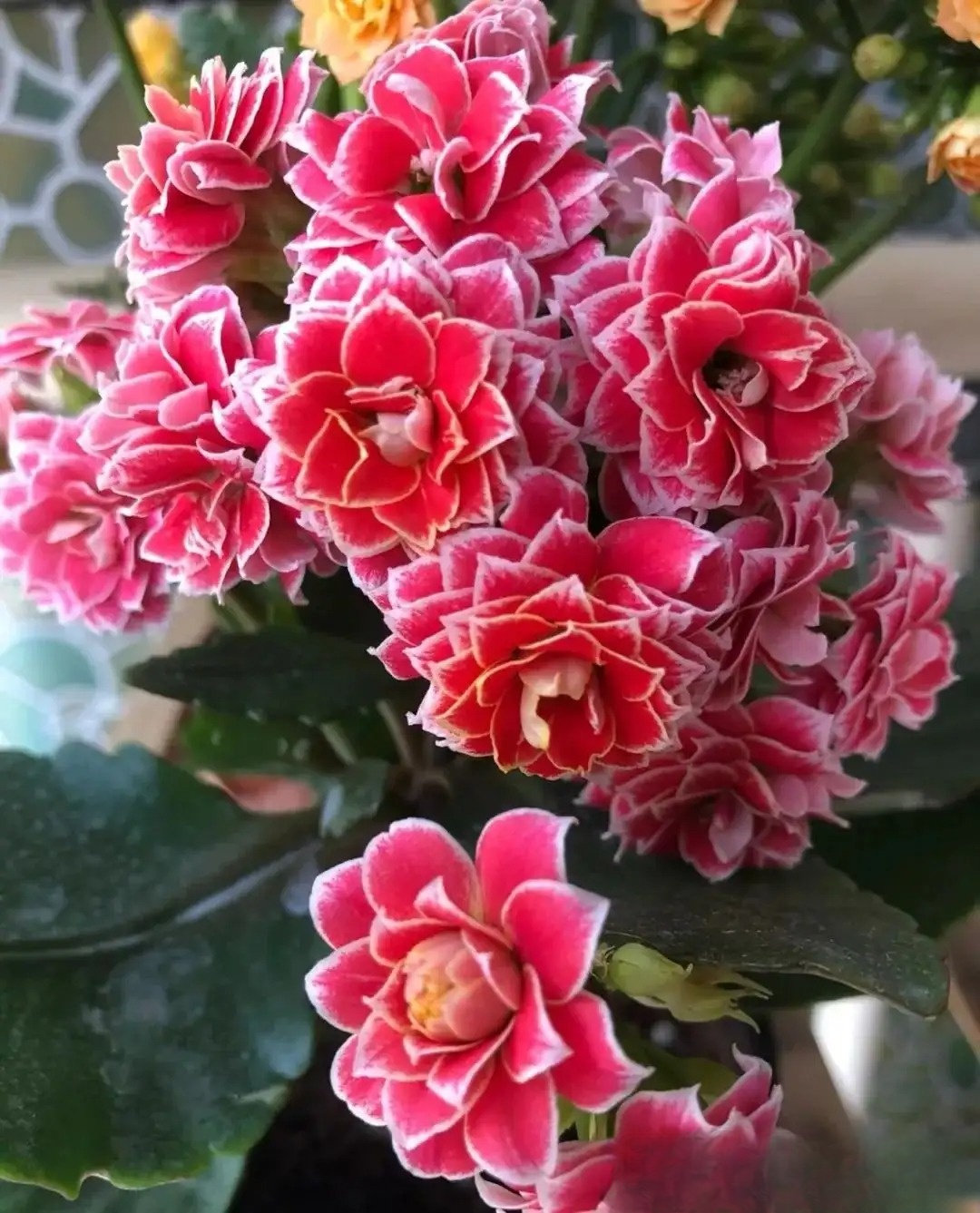 Beautiful flowers and leaves
Beautiful flowers and leaves
The Golden Ribbon Plant is a plant that can be used for both foliage and flower viewing. Its leaves are rose-shaped, fleshy and thick, evergreen all year round, and do not fall off in winter. The flowers grow at the top of the branches, are of medium size, about 2.5 cm in diameter, and are fully double-petaled. The petals are well-petaled and layered, and the color is orange-red. There is a circle of white edges around the petals, and the color is bright and the contrast is obvious. Under the sunlight, the golden and shiny color is beautiful and festive, and is not inferior to the famous "Golden Fox".
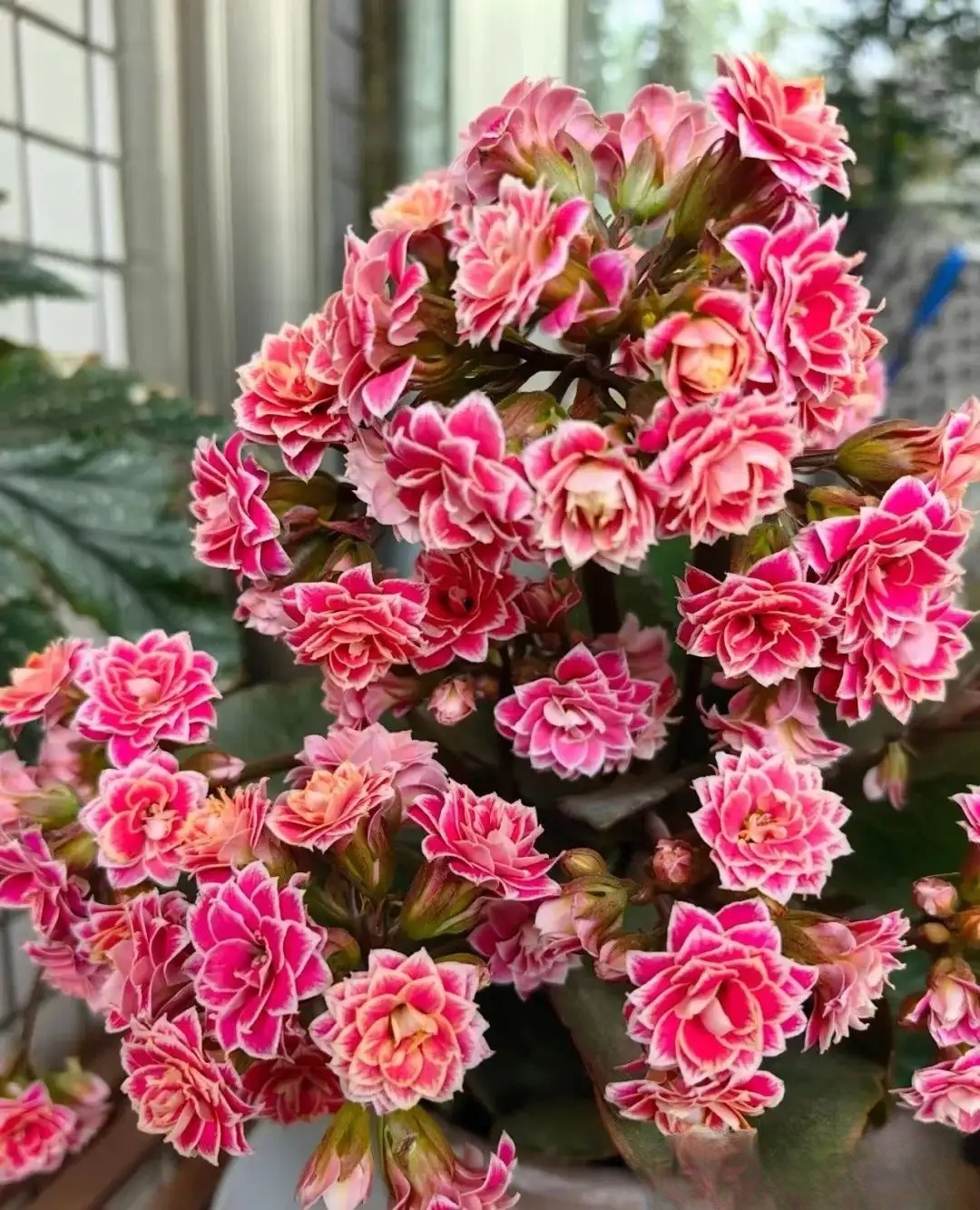 Three seasons a year
Three seasons a year
In terms of flowering, Golden Ribbon is similar to most Kalanchoe flowers. It starts to bloom in November every year and enters full flowering at the end of December. It can continue to bloom until May of the following year, or even until June. It blooms for more than half a year, spanning the autumn, winter and spring seasons, and the flowering period is super long.
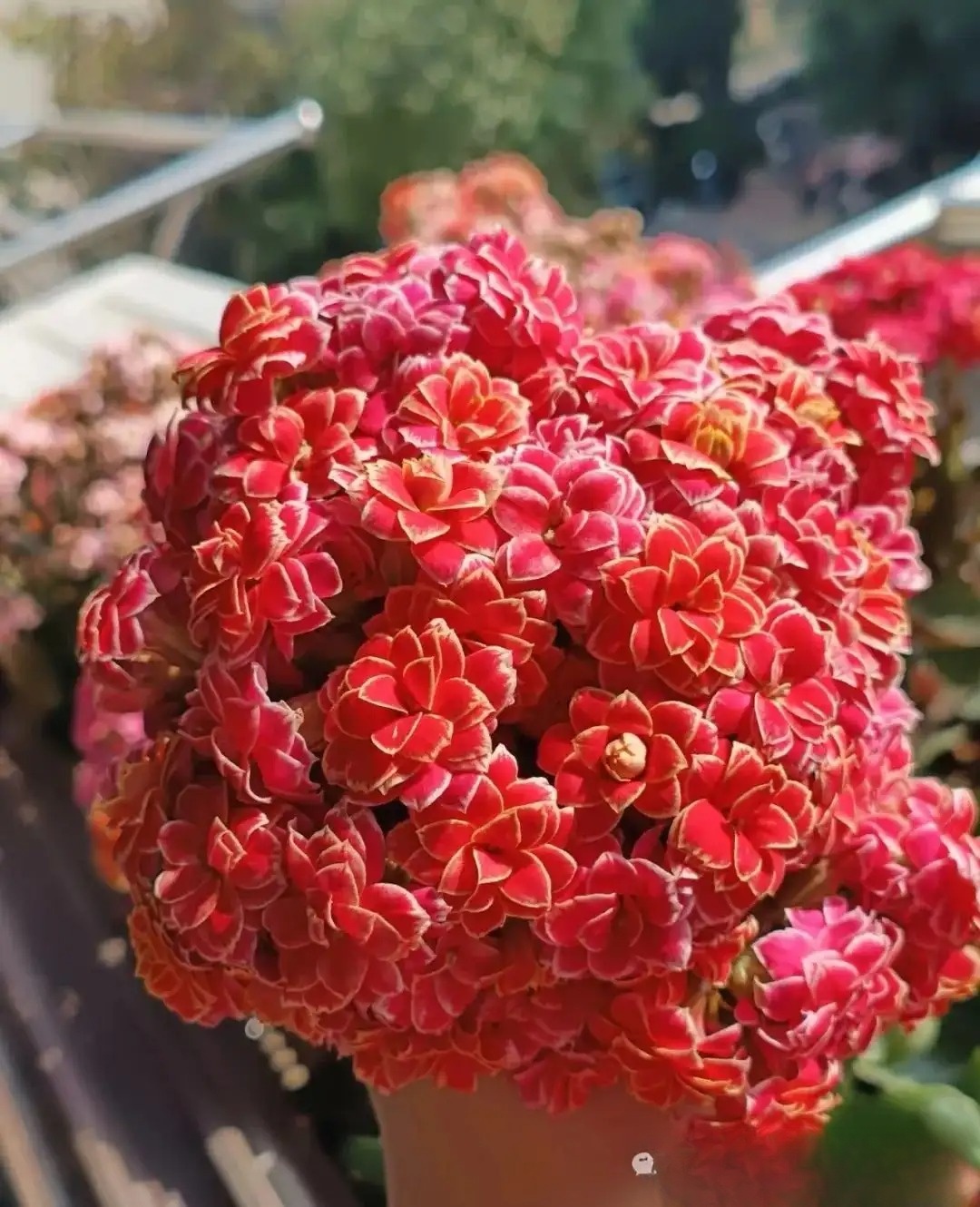 The flowers are abundant and bloom even in winter
The flowers are abundant and bloom even in winter
This variety has a fairly abundant number of flowers, with multiple clusters of flowers. There are secondary branches under the main flower branches, and each branch is a bunch of flowers. When in full bloom, each branch must have flowers, densely packed, even more than leaves, and it is easy to burst the pot. Moreover, its peak flowering period is from December to April. During this period, it is either winter or early spring, the weather is cold, and there are few flowering plants. Its blooming is undoubtedly a beautiful landscape on the balcony and windowsill.
2. Cultivation suggestions for golden ribbon
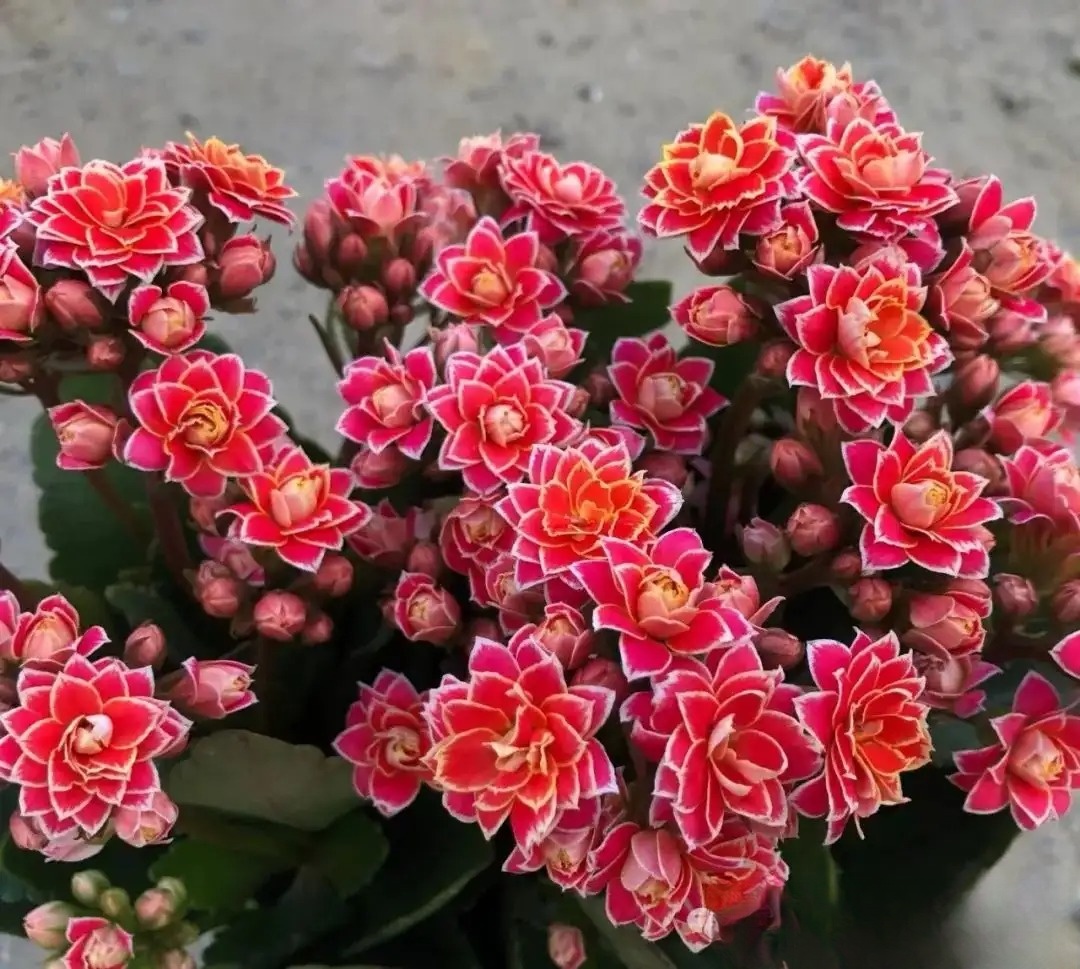 Leather grass flower
Leather grass flower
Kalanchoe is a succulent plant of the Crassulaceae family. It is hardy by nature. Flower lovers who have raised it know that there is no need for any flower-raising skills to grow it. It can be taken care of roughly at ordinary times, just watering it and occasionally fertilizing it. You only need to pay attention to it when it is hot in spring and cold in winter.
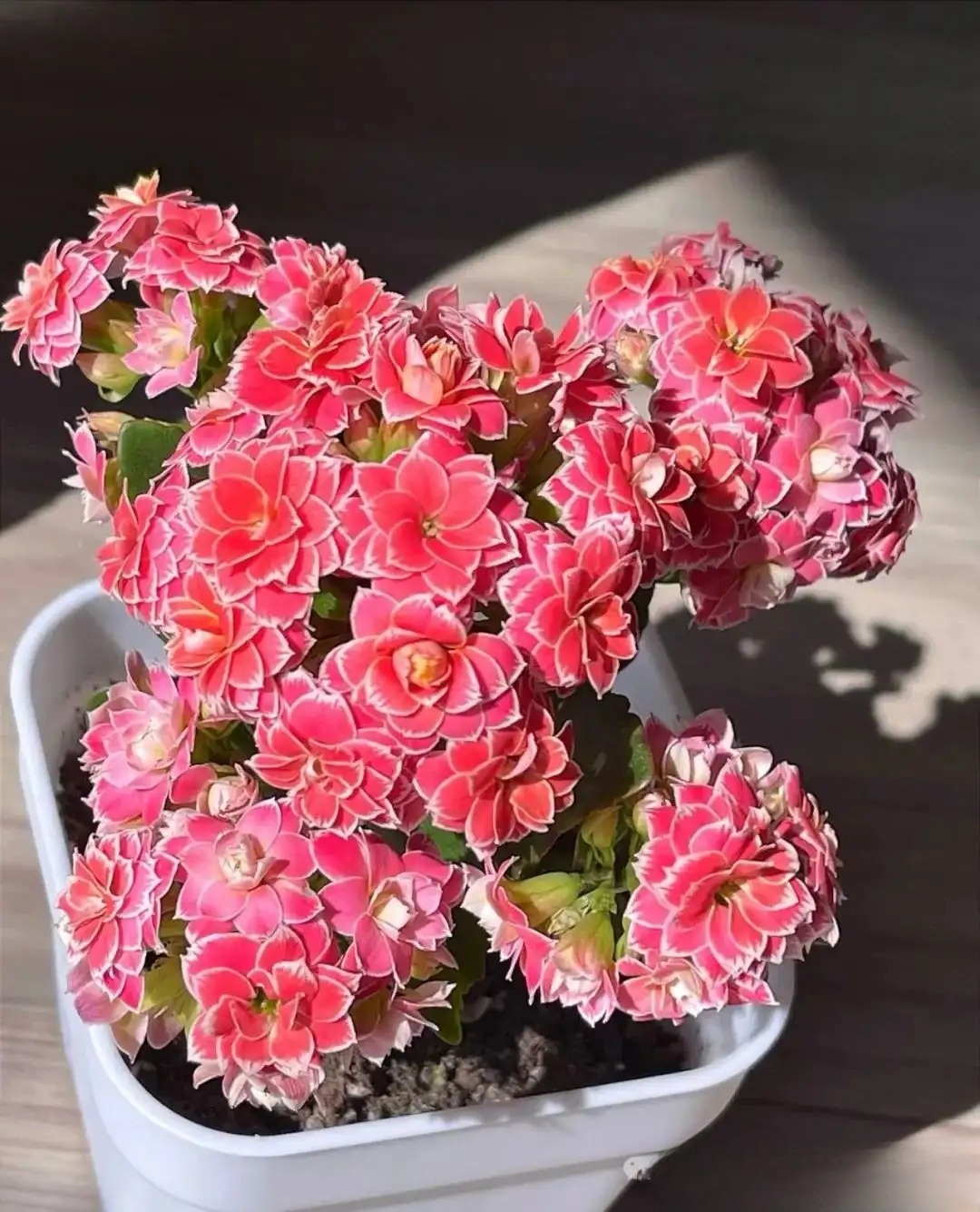 The soil should be breathable
The soil should be breathable
Kalanchoe is mostly propagated by cuttings. The seedlings usually come with soil. After receiving them, they are repotted together with the original soil. The empty space in the pot is filled with nutrient soil and some base fertilizer is added to the bottom. The soil is required to be loose, breathable, and rich in nutrients. It would be better to add some granular matter.
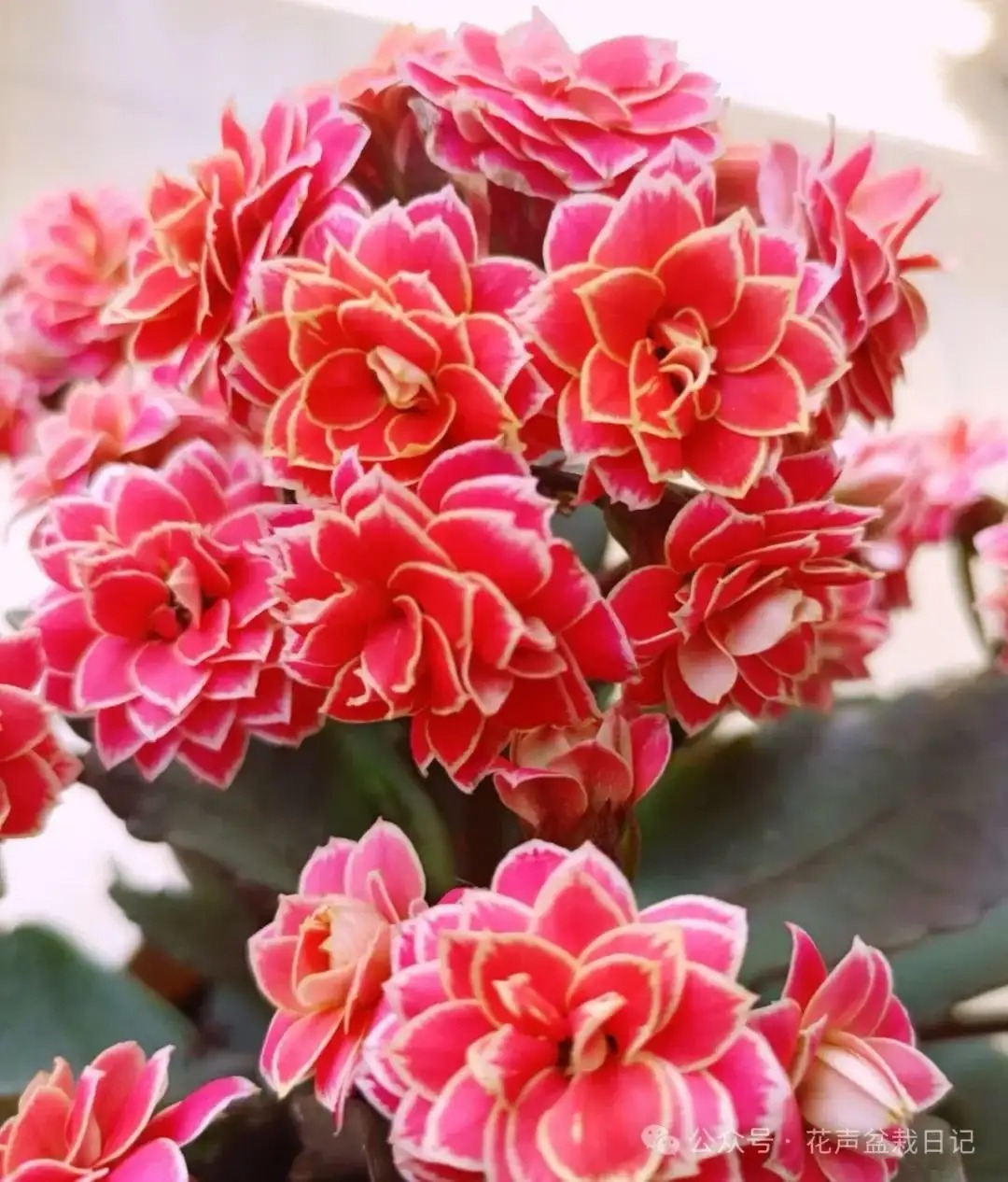 Like diffuse light
Like diffuse light
When you plant it for the first time, water it thoroughly and place it in a ventilated and shaded place. After about 4-5 days, the seedlings will be successfully grown and then maintained normally. Kalanchoe is quite peculiar. They like sunlight and can tolerate semi-shade. They prefer semi-shade and scattered light. They do not need long-day or full-day exposure. They can be grown in the north balcony, enclosed balcony or even on the windowsill with oblique light.
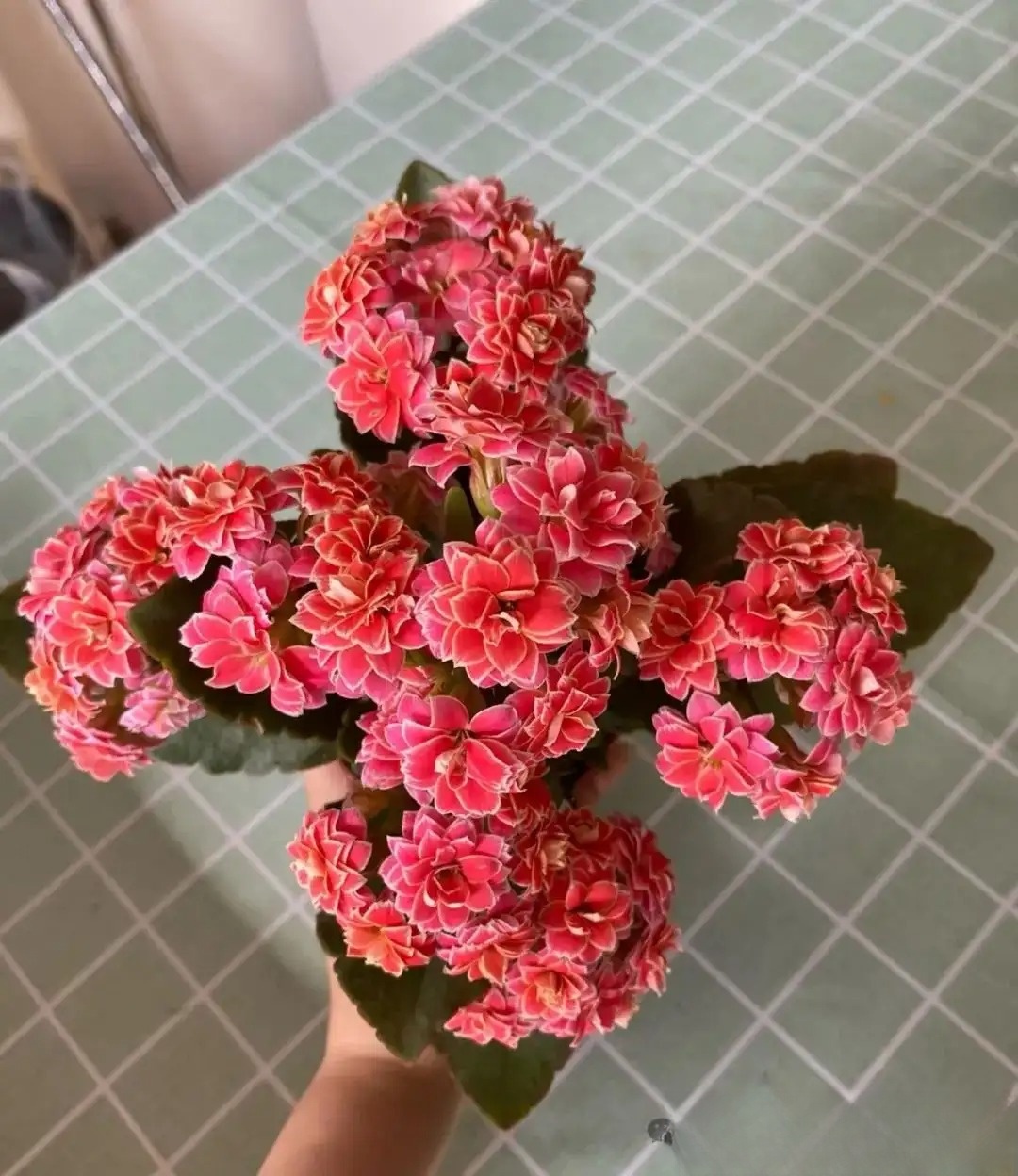 Watering follows the principle of "water thoroughly when dry"
Watering follows the principle of "water thoroughly when dry"
The only daily care work for Kalanchoe is watering, and it doesn't need to be done frequently. In an environment that is not exposed to full sunlight, it is fine to water it once every seven or eight days or even more than ten days. This flower is relatively drought-resistant, so when watering, water it thoroughly and slowly until water appears in the tray.
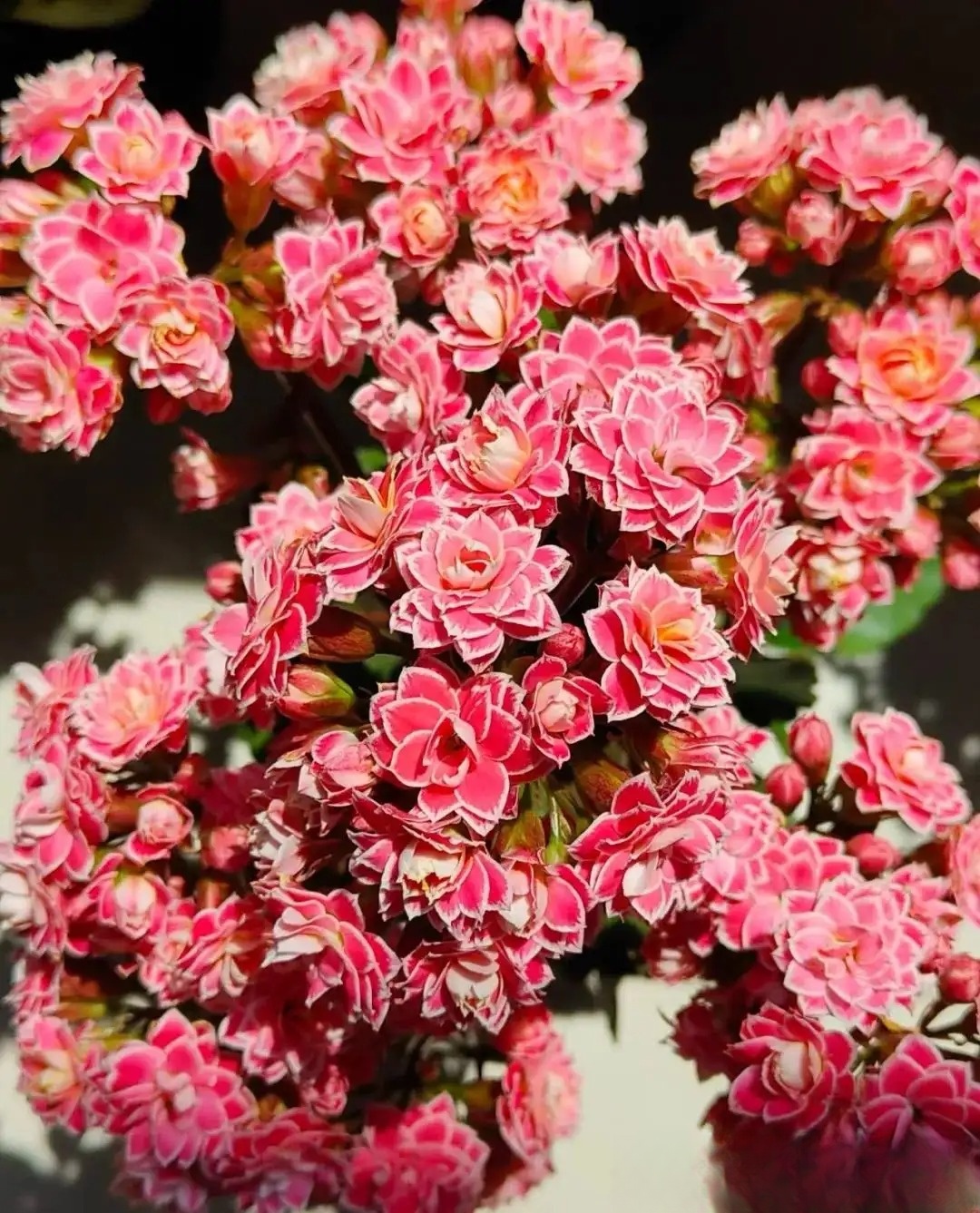 Apply thin fertilizer frequently in spring and autumn
Apply thin fertilizer frequently in spring and autumn
Fertilization does not need to be frequent, it is done in spring and autumn, and generally no fertilizer is applied in summer and winter. If you like water-soluble fertilizer, mix it with water and water the roots (do not touch the flowers). The ratio of water to fertilizer is 800:1. It is best to water it 3-4 times a month.
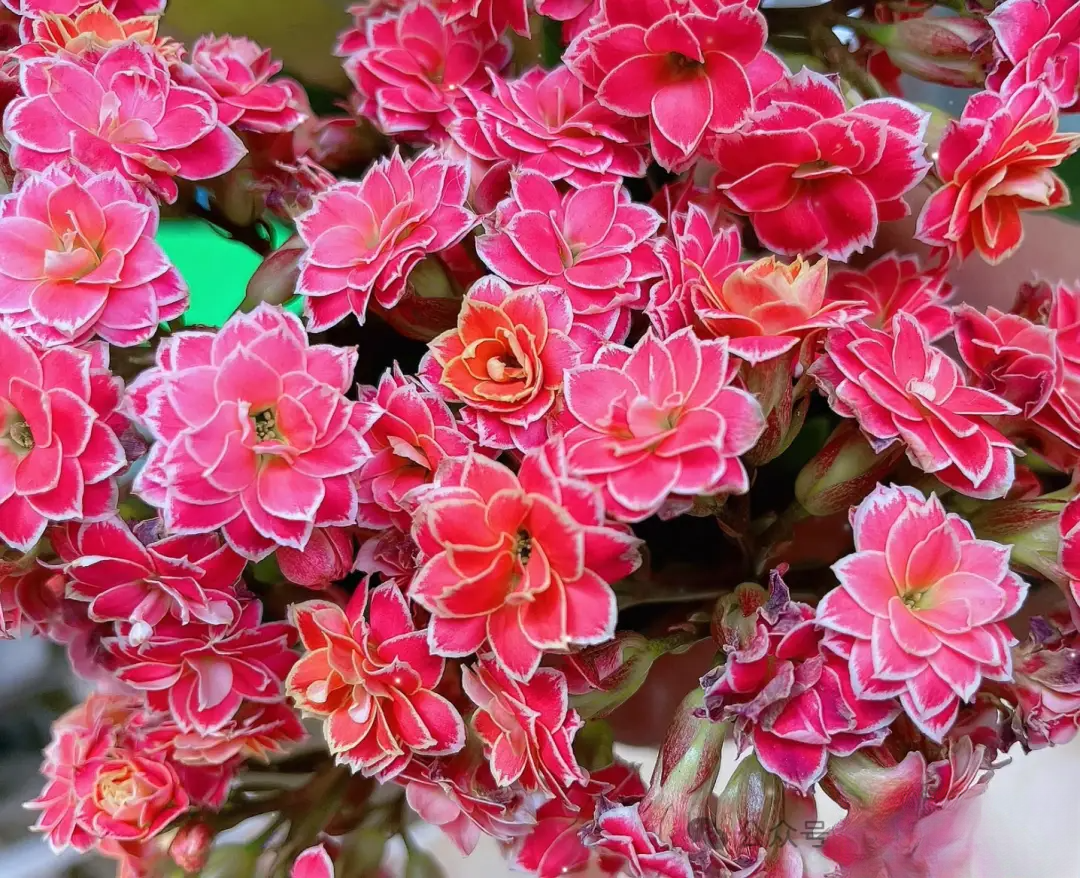
In summer, when the temperature rises, it needs to be shaded and protected from the sun. It cannot be completely exposed to the sun. As long as it is not exposed to the sun and is watered in time, it will be easy to survive the summer. Flower lovers who don’t want the trouble can just put it on the north balcony. The Kalanchoe can survive the summer normally on the north balcony.
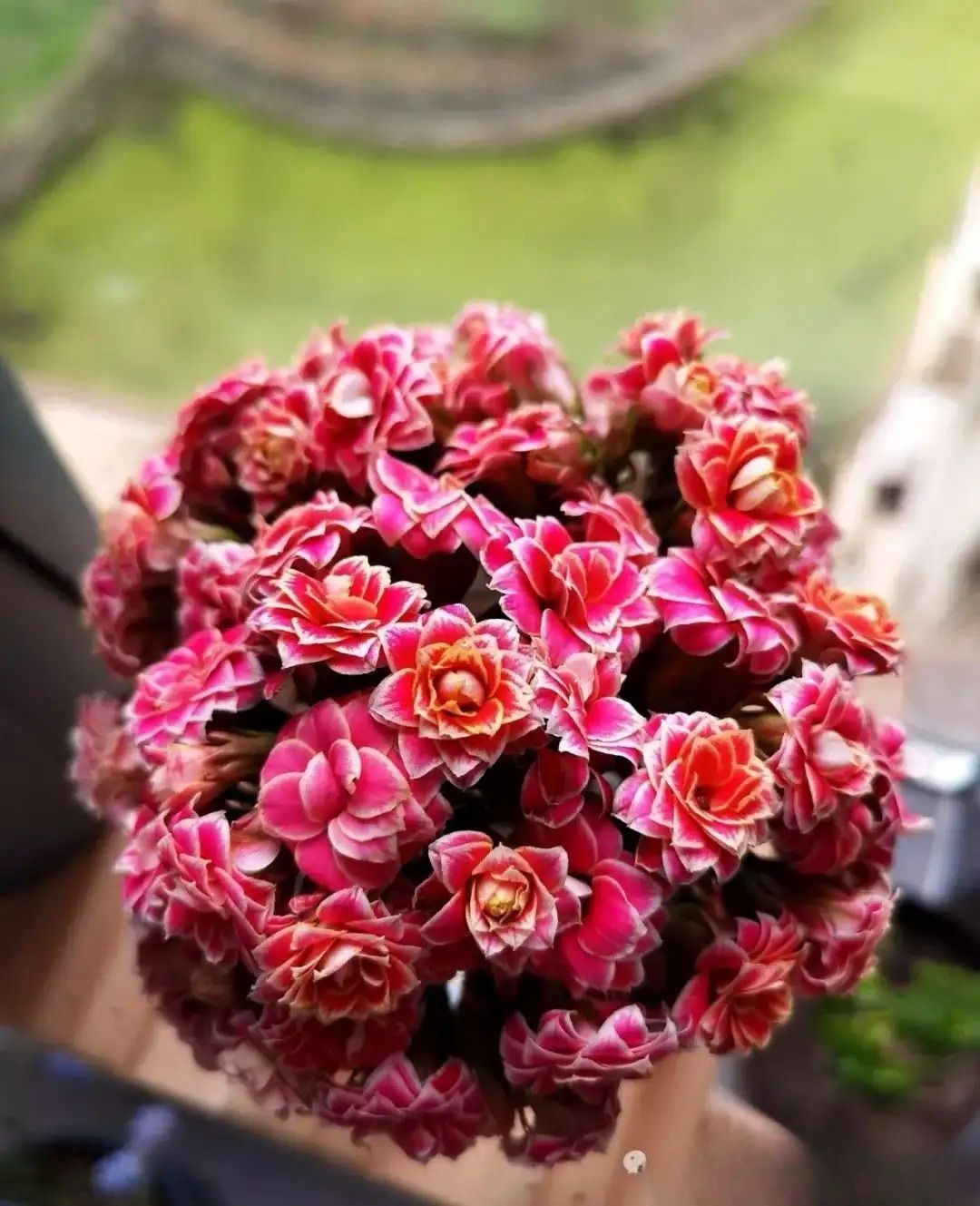 The balcony has it, and there are flowers in three seasons
The balcony has it, and there are flowers in three seasons
The disadvantage of this flower is that it is not cold-resistant. It will stop growing when the temperature drops below 5 degrees, and it cannot survive below 0 degrees. It can overwinter naturally in our winter, but not in higher north. When the weather gets cold, it must be moved back indoors in time for maintenance.